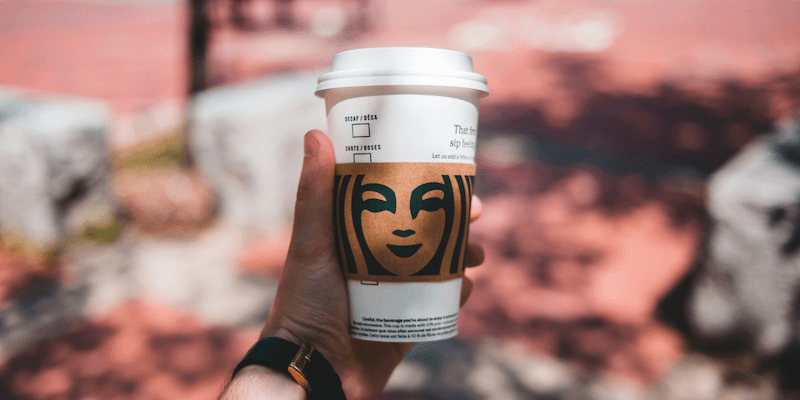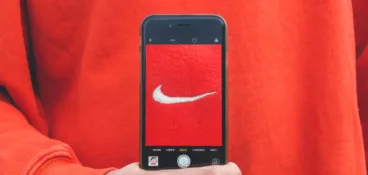If you want your business to succeed in today’s brand-eat-brand world, you need to be consistent across every part of the consumer journey.
In this article, we’re going to take a look at 12 of the most iconic examples of brand consistency that turned humble businesses into household names.
Here’s the roundup:
- Nike
- Starbucks
- McDonald’s
- Amazon
- Apple
- Patagonia
- Coca-Cola
- IKEA
- LEGO
- Heineken
- Dove
Ready to get inspired? Then let’s dive in.
1. Nike
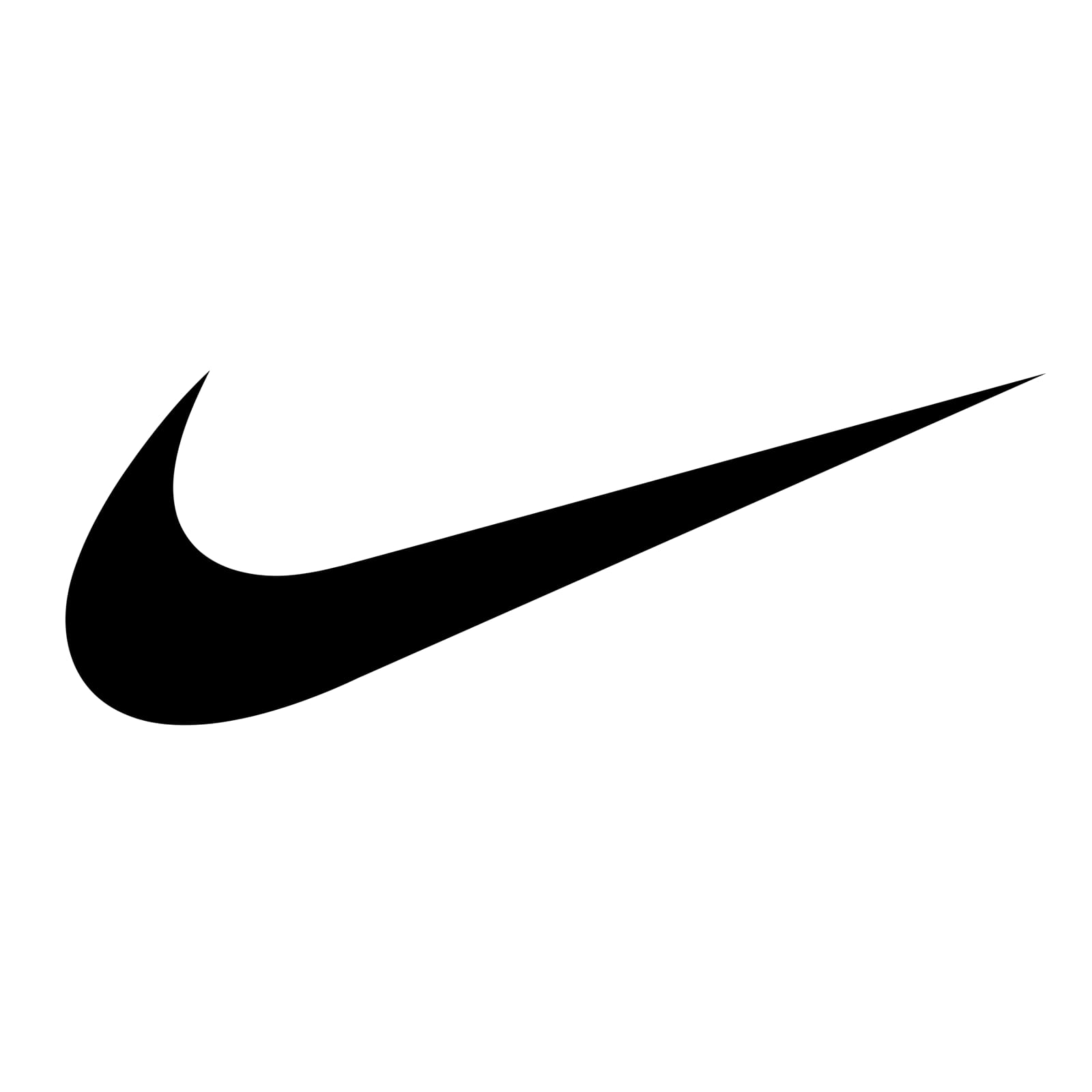
Brand consistency is a marathon, not a race. And Nike’s approach is a great example of how clear values and decades of dedication can help brands become leaders in their market.
Nike’s brand consistency shines through in every aspect of its identity, from its iconic swoosh logo to its empowering “Just Do It” tagline and marketing assets. For the most part, Nike’s core brand guidelines have stayed the same throughout the company’s evolution.
Today, when most people see the Nike logo on a product, they instantly associate it with quality and style. It also happens to be one of the most counterfeited brands in the world (imitation is the biggest form of flattery and all that).
By consistently reinforcing its core brand elements in everything from its best marketing campaigns through to product designs and day-to-day digital content, Nike has built a strong brand identity that resonates with consumers across continents and generations.
Supercharge your marketing reviews
Share, review, and approve all your content in one place with Filestage.
2. Starbucks
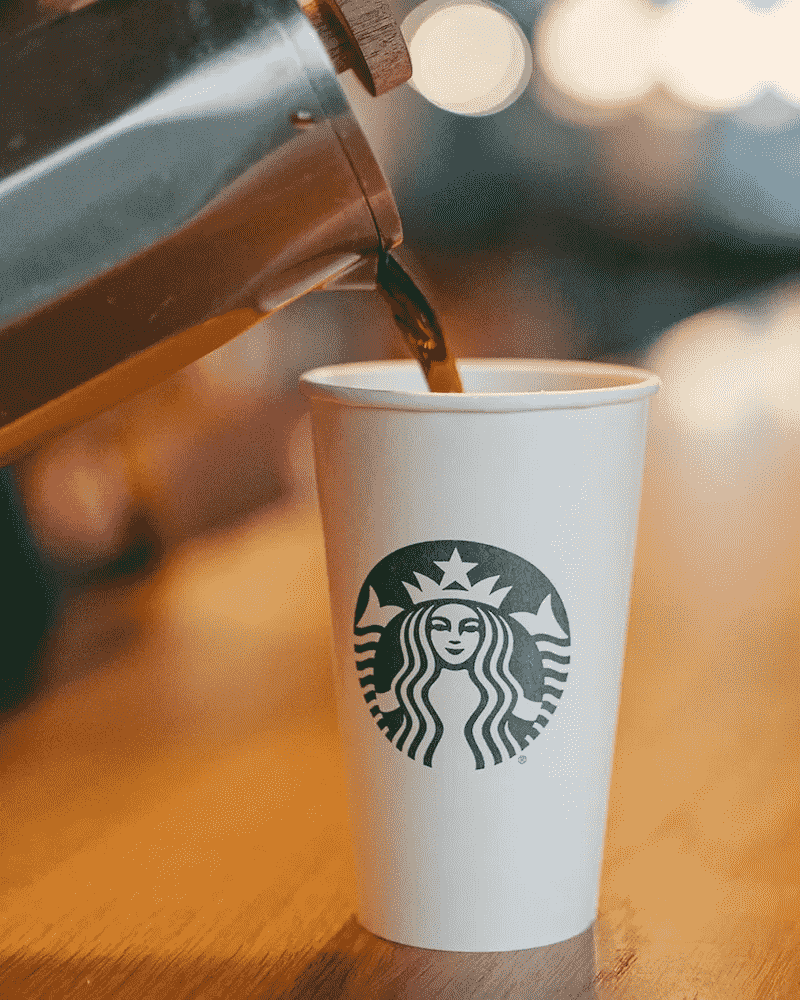
Given that there’s a Starbucks on every corner in almost every city around the world, the coffee chain has done exceptionally well to maintain a consistent brand image across them all.
What started as a single coffee store in Seattle in 1971 eventually grew into the most iconic coffee brand in history. From its siren logo and green and white color scheme, to its consistent customer experience, people know exactly what they’re going to get when they interact with the brand. And this has seen them grow a loyal customer base and a business that continues to thrive.
Want to see more from Starbucks? Check out our shortlist of the best coffee ads.
3. McDonalds
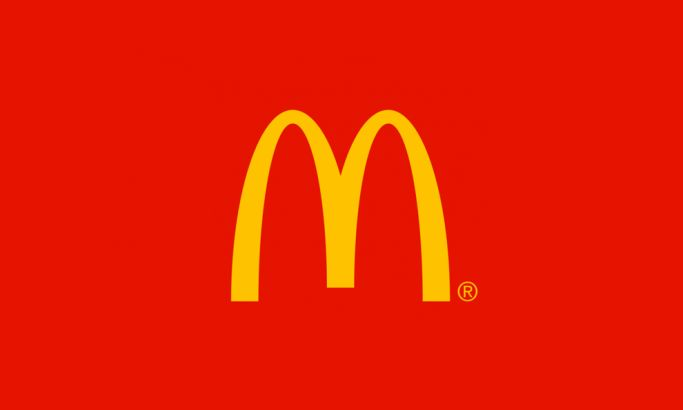
As creatures of habit, we crave routine and familiarity. And McDonalds has been feeding that craving since 1940. Over the years, McDonald’s has built a brand identity that’s instantly recognizable and appeals to people of all ages and backgrounds across the globe.
Some examples of McDonalds’ superb brand consistency include its golden arches logo, “I’m lovin’ it” tagline, standardized menu offerings, uniform store design, and efficient service. The yellow and red color palette, playful personality, and upbeat tone of voice has supported McDonald’s’ overall identity across its branding efforts too.
With its commitment to delivering a consistent brand experience through its products and marketing efforts, McDonald’s has cemented itself as a symbol of convenience, affordability, and familiarity in the fast-food industry.
4. Google

Since its launch in 1998, Google has expanded its offerings far beyond its core search engine to launch products like Gmail, Google Maps, and Google Drive. All the while, it has stayed consistent across every part of the user experience.
Uniformity of design elements, visual brand consistency, and an intuitive approach across all platforms has established Google as a leader in the tech industry.
Google’s mission, “to organize the world’s information and make it universally accessible and useful,” is also consistently emphasized in its communications and product developments. This has further secured its spot as a trusted and reliable brand.
5. Amazon

Amazon has been delivering a consistent brand experience for yonks now. From the packaging and website to the mobile app, Amazon has created a seamless user experience and an iconic brand to match.
The Amazon logo, recognizable smile arrow, and consistent use of blue and yellow branding elements has helped reinforce the brand’s identity. While the brand’s commitment to innovation, with launches like Amazon Web Services (AWS), Alexa, and Prime Video, has kept the brand at the forefront of its industry.
What started as an online bookstore back in 1994 has since grown into one of the largest brands in the world. And that’s largely thanks to its brand consistency.
6. Apple
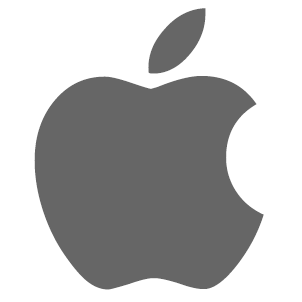
We can’t talk about brand consistency without mentioning the tech giant that is Apple Inc.
The brand has nailed everything from visual identity to brand messaging across all its marketing channels. But it’s also important to remember that brand consistency isn’t just about how a brand communicates. Consistency in your product/service experience is the real secret sauce that will help you build a loyal customer base. And no brand does this better than Apple.
Apple’s seamless and intuitive user experience across all its products has grown a cult-like following across personal and professional users alike. Whether you’re using an iPhone, iPad, or Mac, the experience is consistent. This makes it easy to share content, sync devices, and switch between different Apple products.
Review your brand content with Filestage
Building a consistent brand identity means making sure that every product, experience, and piece of content comes together seamlessly. So, as brands scale and grow, they need to have the right tools to help them keep their teams on the same page at all times.
This is where Filestage comes in.
Filestage is a review and approval tool designed to help busy teams share, review, and give feedback on all their marketing projects. It supports a wide range of file formats, including documents, designs, live websites, and video files. This makes it a popular choice for any brand that wants an easier way to build brand consistency across every marketing channel – from social media to point of sale materials.
Here are some Filestage features that can help you keep your brand consistent:
- Seamless integrations – Collaborate with your team across all the popular apps, including Slack, Adobe InDesign, Adobe Premiere Pro, OneDrive, and Asana.
- Unlimited users – Invite teammates and clients to review and give feedback directly on the file by sending an email invite or sharing the URL link.
- Review groups – Get the right people in to review the right stage of every project by assigning roles and user permissions.
- Version control – Keep projects moving with peace of mind that every past version of your file is on record for easy access.
- One-click approvals – Once your content is up to scratch, you can mark it approved and get it out into the world ASAP.
How to manage brand consistency with Filestage
- Sign up to Filestage for free
- Create a project, give it a name, and upload files
- Invite collaborators, or send them a link to the project
- Collaborators can add their feedback into the comments
- Repeat until you reach final approval
6. Patagonia
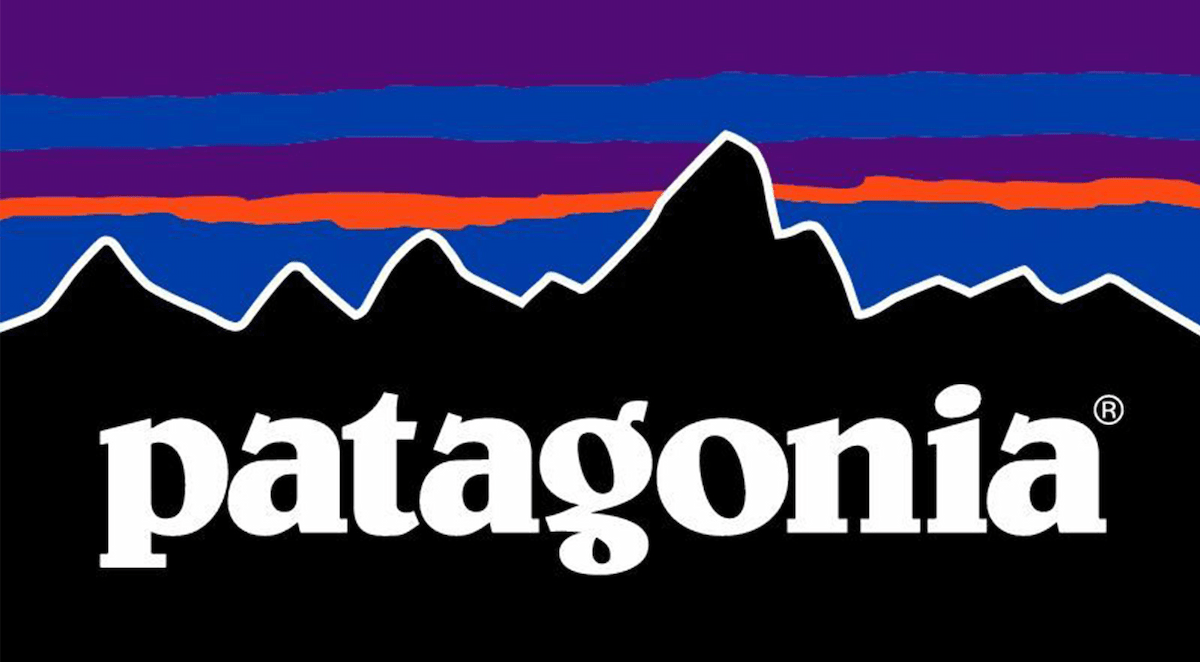
Behind every consistent brand is a set of brand values that consumers can align themselves with. This is what makes the best brand brief.
We often see the products we buy as a reflection of the things we consider important in life. And Patagonia’s is one of the best examples of how a brand can stay true to its core values and leverage them for growth.
The outdoor apparel brand has always been deeply committed to environmental sustainability, social responsibility, and ethical business practices. And unlike a lot of “sustainable” brands out there, Patagonia goes beyond just talking the talk and takes real action. The most notable example of this was when the brand donated its enterprise to help fight the climate crisis in 2022.
Quality clothing, the honest and informative brand messaging, along with Patagonia’s commitment to making a real positive change in the world, has made it one of the most reputable brands in the world.
8. Coca-Cola
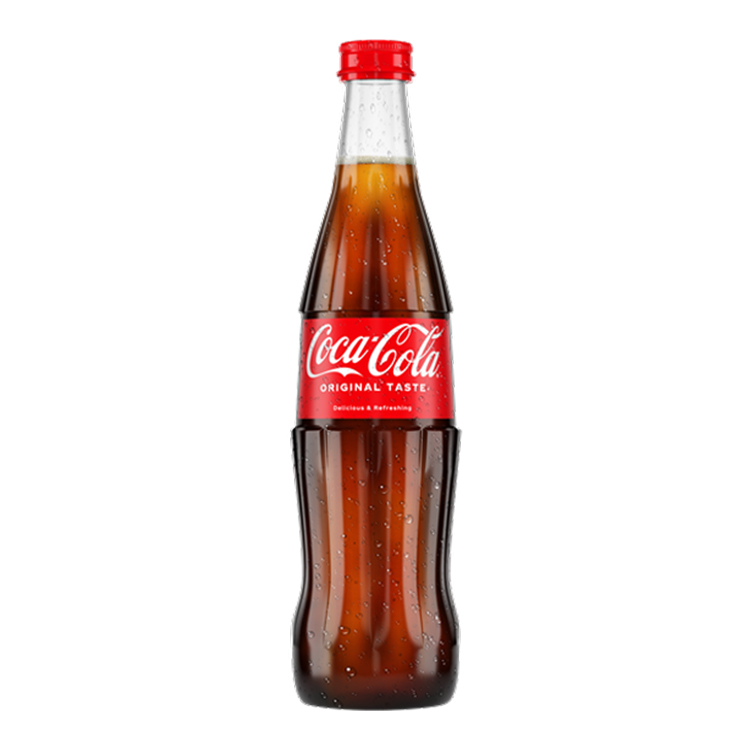
Coca-Cola has been spreading happiness for over a century now. And the brand can teach us a lot about keeping a brand consistent as it grows over time.
Take its iconic red and white color logo and distinctive bottle shape. These elements of the brand guidelines have remained almost unchanged since Coke launched all those years ago. Now, all we need to see is a simple outline of the bottle, and we instantly recognize the brand and the feeling it evokes. It’s familiar, nostalgic, and comforting.
By following a consistent brand style guide, Coca-Cola has created a platform for innovative ideas and fresh marketing campaigns that speak to modern society. Take its interactive Hug Me Machine in the University of Singapore in 2012, or its personalized bottle labels that brought the concept of sharing a Coke to life in a new way.
Coca-Cola serves up a masterclass in striking the balance between familiarity and innovation. And its long, successful history shows the power of brand consistency done right.
9. IKEA
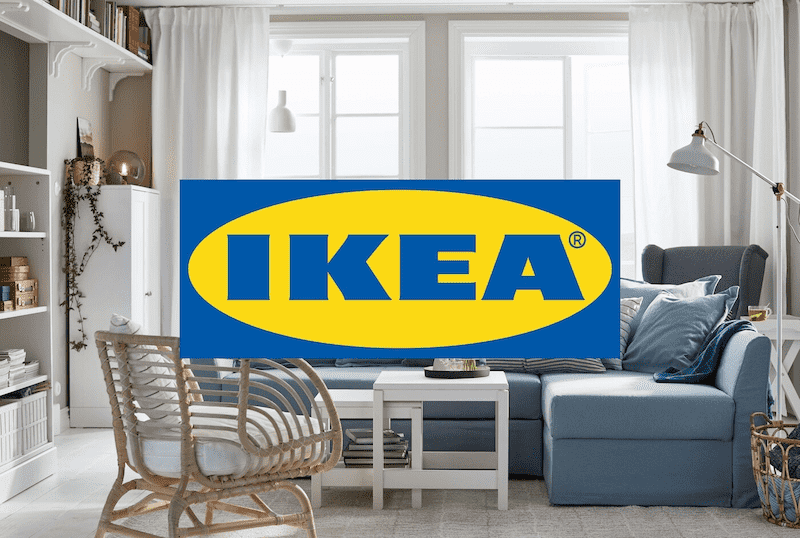
Known for its affordable Scandinavian-inspired furniture and Swedish meatballs, IKEA is another brand that has nailed its brand consistency for decades.
IKEA’s minimalist visual identity and blue and yellow color scheme have remained a constant for over 50 years. And its logo is now instantly recognizable for many. But above all, the IKEA brand is loved for its clean, functional furnishings and standardized in-store shopping experience. You know what you’re going to get with IKEA, and this kind of reliability is something that’s particularly important for the brand’s audience who want well-designed homeware for a good price.
To complement its functional product offering, IKEA’s playful tone of voice adds personality to the brand, making it relatable and authentic. Its social media content and marketing campaigns are so witty and charming, like the famous pregnancy test print ad that would let soon-to-be parents know if they needed to buy a cot.
IKEA’s blend of practicality and personality is what makes the brand one of the best examples of brand consistency.
10. LEGO
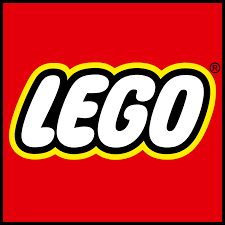
Since 1931, LEGO has built one of the best-known brands through consistency in product design, community engagement, and education.
LEGO’s brightly colored, modular bricks are a symbol of infinite play and creativity. This is why the brand holds a special place in many people’s hearts to this day, bringing back fond childhood memories.
Over time, LEGO has evolved to offer a range of themed sets in brand collaborations on popular franchises. It’s also tapped into digital technology to create even more interactive experiences and theme parks. Innovations like these have helped the brand stay relevant for kids and adults alike.
All in all, LEGO’s brand consistency has nurtured a sense of connection and nostalgia that transcends generations. And it continues to make a real impact on people’s lives through the power of play and learning.
11. Heineken
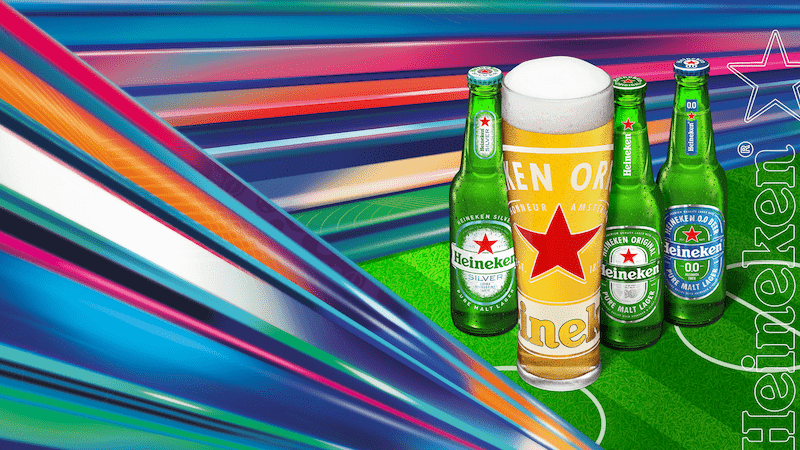
Heineken is a beer brand that’s been committed to quality for over 150 years.
The company’s branding is characterized by its distinctive green bottle, red star logo, and bold typography. This consistent visual identity has made the product instantly recognizable and helps Heineken stand out on crowded shelves and in crowded bars.
Of course, Heineken’s brand goes far beyond the bottle to align itself with friendship and human connection. Its marketing campaigns and famous sporting event sponsorships have also helped the brand hit home for its target audience time after time.
Heineken’s strong values and solid brand compliance have made it one of the most beloved beer brands on the planet.
12. Dove

Dove is a skincare brand with a set of core values rooted in real beauty, inclusivity, and empowerment. But of course, you already knew that, because Dove’s consistent branding has made it one of the world’s top cleansing brands.
Dove’s first product, the Dove Beauty Bar, was launched in 1957. Since then, the brand has been committed to encouraging self love and challenging female beauty standards.
The epic Campaign for Real Beauty started in 2004 after a study found that only 2% of women worldwide felt beautiful in their body.
By consistently standing for something more than skincare, Dove has continued to spark important conversations around societal beauty standards. As a result, the brand is a trusted choice for people who want skincare solutions that prioritize both quality and social responsibility.
Final thoughts
Maintaining brand consistency is key to long term success of any business. Without it, none of the brands on this list would be as big as they are today.
I hope this article helps you build and grow a consistent brand. And if you’d like to see how Filestage can help you keep every element of your brand on track, start your free trial today.

